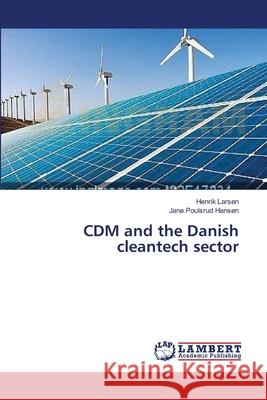CDM and the Danish cleantech sector » książka
CDM and the Danish cleantech sector
ISBN-13: 9783659552649 / Angielski / Miękka / 2014 / 164 str.
The Clean Development Mechanism (CDM) under the United Nations Framework Convention on Climate Change allows emission reduction projects in developing countries to earn certified emission reductions (CERs), which can be traded and used by industrialised countries to fulfil part of their emission reduction obligations under the Kyoto Protocol. The CDM was forecasted to follow an investment model where the private sector in industrialised countries would invest in emission reduction projects in return for CERs, yet most projects, contrary to initial expectations, are not financed by foreign direct investment (FDI) but employ local equity and funds. An important driver thus shifts from FDI to national financial capability, preventing especially African countries from benefiting fully from the CDM. It is this apparent inability of the CDM to fully involve the private sector in general and promote African projects in particular which guides this research. Using the Danish cleantech sector as an example, the drivers and barriers for Danish cleantech companies' involvement in the CDM are explored through case studies, interviews and a survey of the sector.
The Clean Development Mechanism (CDM) under the United Nations Framework Convention on Climate Change allows emission reduction projects in developing countries to earn certified emission reductions (CERs), which can be traded and used by industrialised countries to fulfil part of their emission reduction obligations under the Kyoto Protocol. The CDM was forecasted to follow an investment model where the private sector in industrialised countries would invest in emission reduction projects in return for CERs, yet most projects, contrary to initial expectations, are not financed by foreign direct investment (FDI) but employ local equity and funds. An important driver thus shifts from FDI to national financial capability, preventing especially African countries from benefiting fully from the CDM. It is this apparent inability of the CDM to fully involve the private sector in general and promote African projects in particular which guides this research. Using the Danish cleantech sector as an example, the drivers and barriers for Danish cleantech companies involvement in the CDM are explored through case studies, interviews and a survey of the sector.











